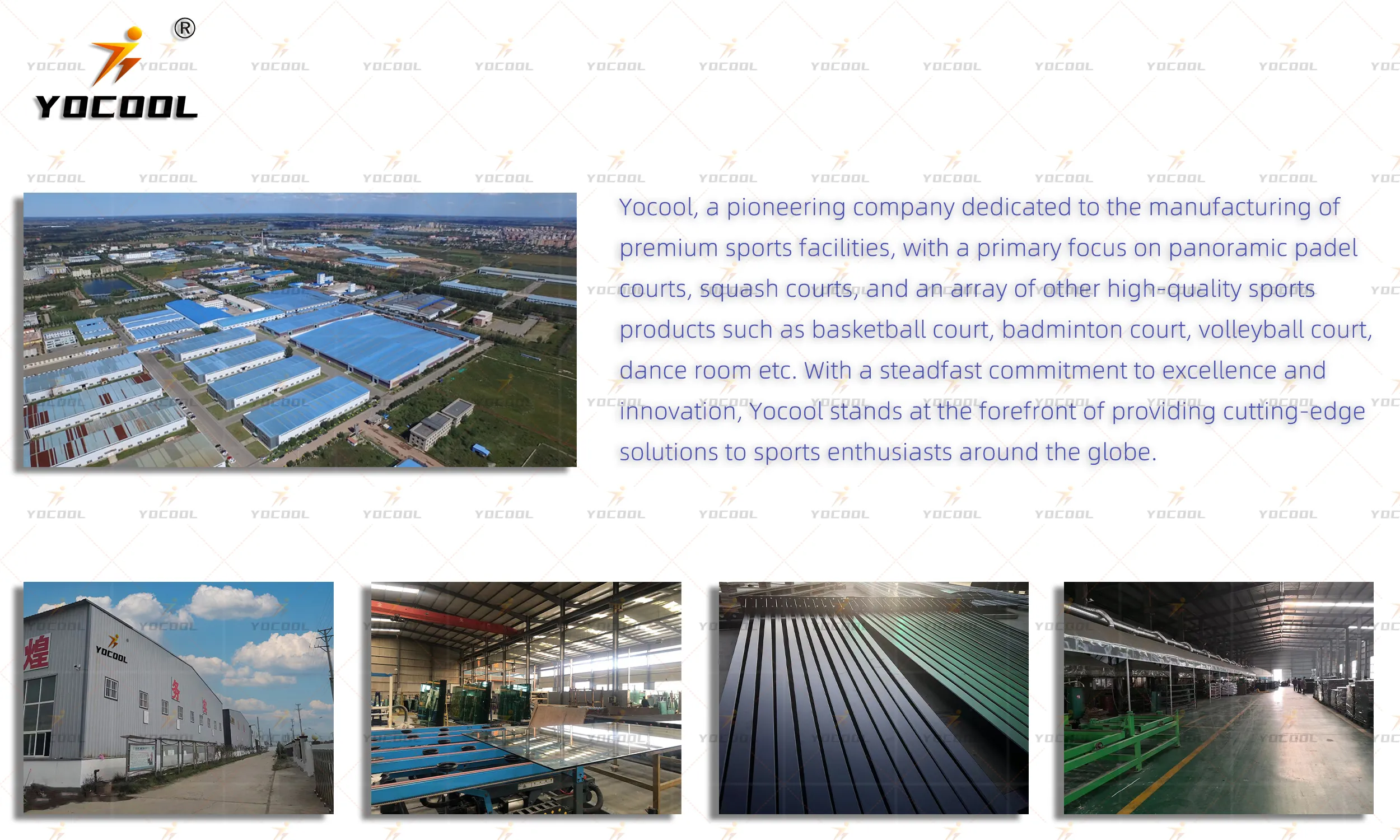

The Dynamic World of Racquetball and Tennis
Racquetball and tennis are two thrilling racquet sports that provide both physical exercise and mental agility. Though they share certain commonalities, including the use of racquets and a ball, they differ significantly in terms of rules, playing surfaces, and overall gameplay experience. Exploring these differences and similarities offers a fascinating glimpse into the dynamic world of racquet sports.
Origins and Evolution
Tennis has a long and storied history, with origins that trace back to France in the late 12th century. Originally played with the palm of the hand, the sport evolved over the centuries, leading to the development of racquet tennis in the 16th century. Today, tennis is enjoyed on various surfaces, including grass, clay, and hard courts, each offering unique playing conditions that affect ball movement and player strategy. Iconic tournaments like Wimbledon and the US Open showcase the sport's grandeur and widespread appeal.
Racquetball, on the other hand, is a relatively young sport, emerging in the 1950s in the United States. It was created by Joe Sobek, who sought to develop a faster-paced game that could be played indoors. Played within a four-walled court, racquetball quickly gained popularity, particularly in the U.S. and Latin America. Unlike tennis, which is played in open spaces, the indoor setting of racquetball emphasizes speed and agility, making it a fast-paced and adrenaline-pumping experience.
Gameplay and Rules
The fundamental rules of tennis and racquetball vary significantly, impacting the gameplay experience. In tennis, players serve the ball to start each point, and the objective is to hit the ball over the net and into the opponent's court. The use of a net creates a unique dynamic, requiring strategic placement of shots and an understanding of angles. Points are scored when the opponent fails to return the ball, resulting in longer rallies and a more methodical approach to gameplay.

Racquetball eliminates the net and is played in a confined space, allowing players to hit the ball against the walls. The game starts with a serve as well, but after that, players can return the ball off any wall. This creates a more dynamic environment with faster reactions and quick movements. Scoring in racquetball is typically done using a rally scoring system, where points can be accrued by either player, contributing to a high-paced and engaging match.
Physical and Mental Benefits
Both sports offer tremendous physical benefits. Tennis promotes cardiovascular fitness, agility, and coordination, as it involves running, sprinting, and lateral movement. Playing on various surfaces challenges players’ adaptability and enhances their strategic thinking. The social aspect of tennis also plays a crucial role in maintaining motivation and enjoyment, as players often engage in doubles matches or recreational games.
Racquetball, characterized by its quick movements and reflexes, is equally beneficial for physical fitness. It emphasizes anaerobic endurance, improving stamina and strength. The intense nature of the game leads to rapid calorie burning and is an excellent way to develop hand-eye coordination. Additionally, playing racquetball requires significant mental agility; making quick decisions, anticipating opponents’ moves, and strategizing on-the-fly are crucial to success.
Conclusion
Racquetball and tennis both offer engaging, energetic experiences for players of all ages and skill levels. While tennis emphasizes precision and strategy played out over larger surfaces, racquetball focuses on speed and reflexes within a confined, dynamic environment. Whether a player prefers the grandeur of tennis or the exhilarating pace of racquetball, both sports contribute to fitness and mental sharpness, making them invaluable activities in the world of sports. Enthusiasts can enjoy the unique aspects and communities of each sport while continually improving their skills and staying active. As such, racquetball and tennis together represent the diverse, vibrant landscape of racquet sports, encouraging players to engage in friendly competition and personal growth.
High-Performance Industrial Flooring Solutions China Paddle Tennis Court for Sale
High-Performance Industrial Flooring Solutions Durable & Cost-Effective
Homogeneous Transparent Floor – Durable & Stylish Rubber Floor Solutions
Premium Homogeneous Transparent Floor for Durable & Stylish Spaces Rubber Floor Solutions
Premium Sports Floor Solutions Durable PVC Sports Floor & Rubber Floor for Gyms
Durable Rubber Composite Floor Premium Rubber Floor & Mats Solutions